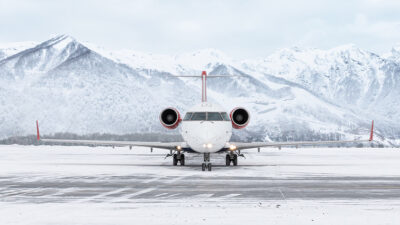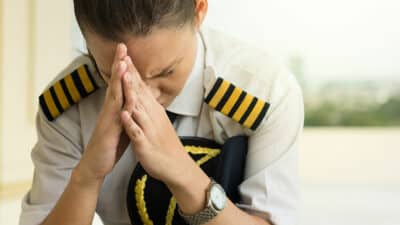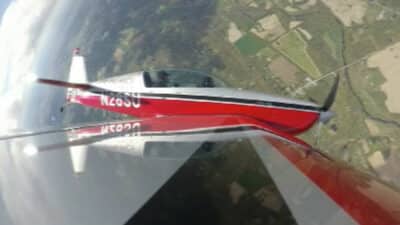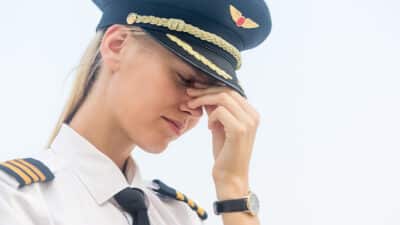Human Factors - SM4 Safety Articles & Resources

Mitigating Risk – Amidst the Chaos
There have been more high-profile aviation accidents in the last few months than in the last few decades. As we mourn those we have lost and aim not to make assumptions before final reports are completed, we must focus, personally and professionally, on assessing the risk of something similar happening within our aviation enterprises.

Let’s Get Personal (About Risk)
Aviation loves to talk about risk management. Insurance companies, manufacturers, and organizations all fully embrace the concept and know that to make it work on the line, we must get people at all levels and from all functional areas to embrace it. Tools such as the Flight Risk Assessment Tool (FRAT) are noble attempts, but at the core of it all lies the simple fact that people, as individuals, view risk differently.

How High Demand Can Lead to Decreased Professionalism
It’s a good time to be an aviation professional. Demand is high, and supply is low. Options are many. Wages are up. For the first time in years, professionals in the aviation industry have the upper hand. But there is a dark underbelly to these good times.

More Than a Box Tick: Achieving Operational Flexibility With an FRMS
Moms know best. This adage holds true in many domains of family life—allergies, grades, crushes. When thinking about aviation safety, though, perhaps the best illustration drawn from mom’s expertise is…

The Flip Side of Psychological Safety
From a human factors perspective, we might be evolving towards a partial power situation. In the evolving landscape of workplace dynamics in pursuit of improved safety, the concept of psychological safety has gained significant traction. It’s the bedrock of an organizational culture that fosters open communication, innovation, and growth.

Passenger Pressure
The vast quantity of knowledge that must be stuffed into a pilot’s head is just one reason only 0.2% of the U.S. population has at least a Private Pilot Certificate. As the ratings grow, the percentages decrease even further. There are a variety of reasons the pilot population is small and dwindling. Having the self-discipline to get all that knowledge into one brain through study, training and experience is daunting and costly. However, once you get paid to fly, it’s all worth it.

Sleep Duration Is a Key Factor in Predicting On-Duty Alertness
After a poor night of sleep, it is common to feel tired, sluggish and even irritable. More important for air operators, poor sleep is also associated with increased fatigue—which can directly impact employee performance and put lives at risk.

Safe Flights—It Takes All of Us!
Aviation safety is crucial to safeguarding human lives and preserving public trust in air travel. There are many factors and components of aviation safety. Human factors, aircraft design, maintenance, air traffic management, operational procedures, regulations, training and education, to name a few.

Understanding the Effect of Increased Aviation Demand and Fatigue on Pilots
The COVID-19 pandemic has taken its toll on the aviation industry, with travel restrictions and flight cancellations severely impacting air travel over the past three years. Business aviation was one of the most impacted air travel sectors, as organizations opted for virtual meetings or found other ways to engage remotely with their clients and colleagues.
